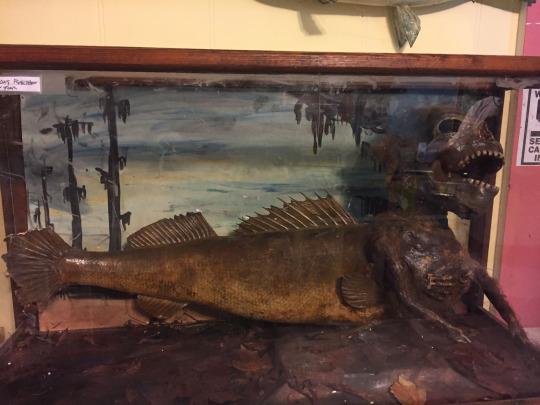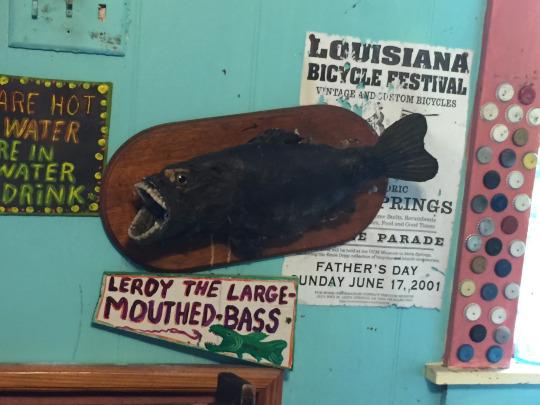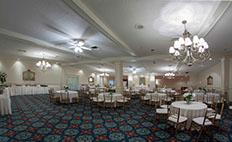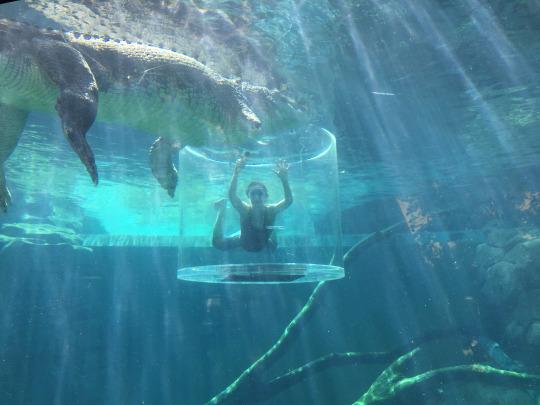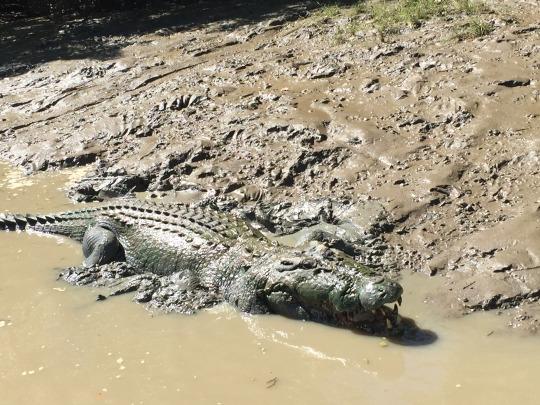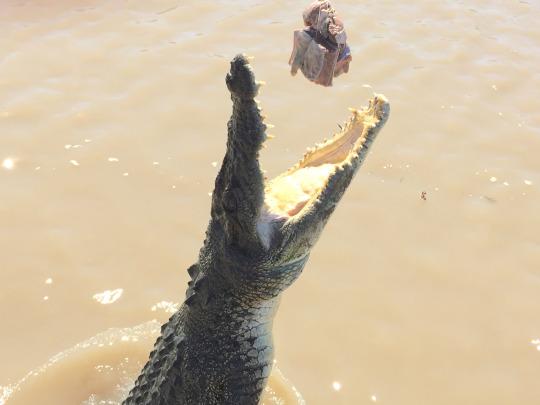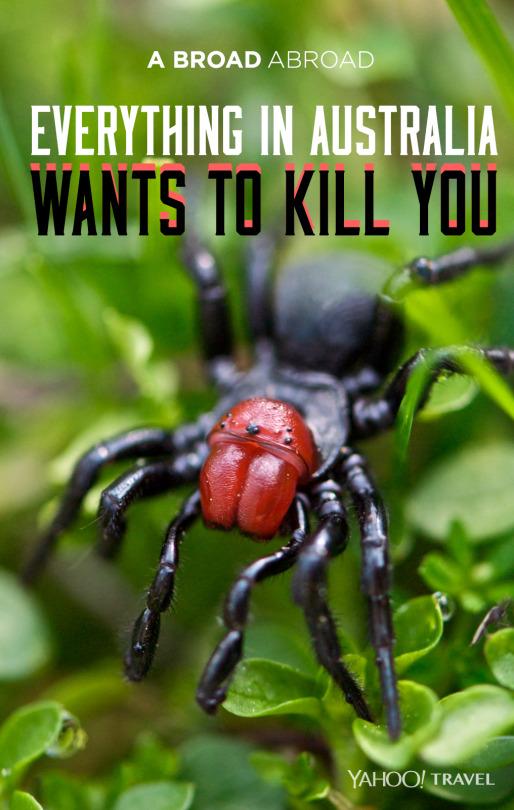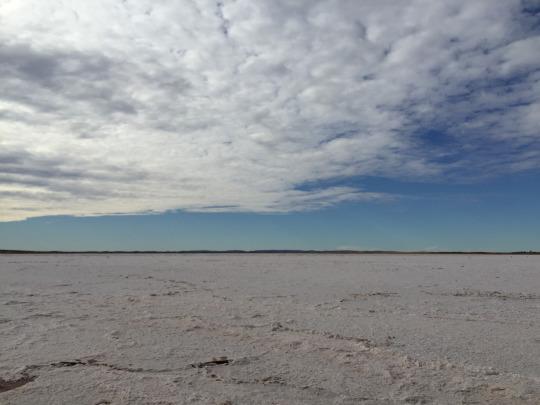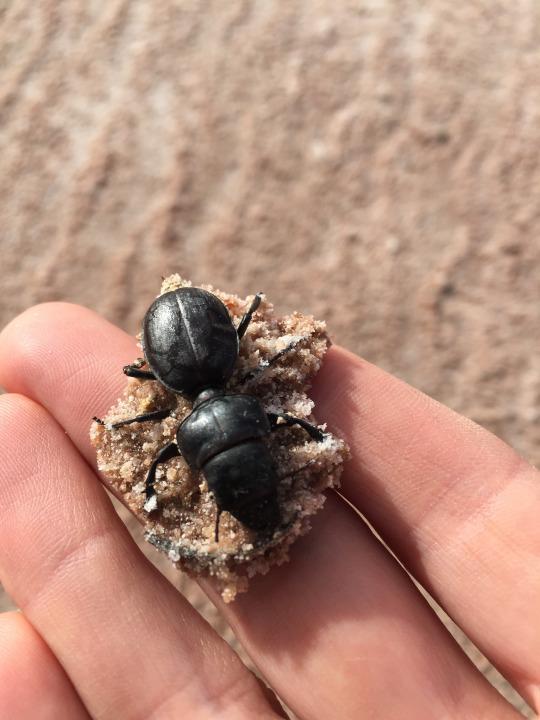According to Cajun legend, deep in the Louisiana Swamp is the Rougarou — a large, werewolf-like half-man, half-beast creature who preys on people who venture too far into its terrain.
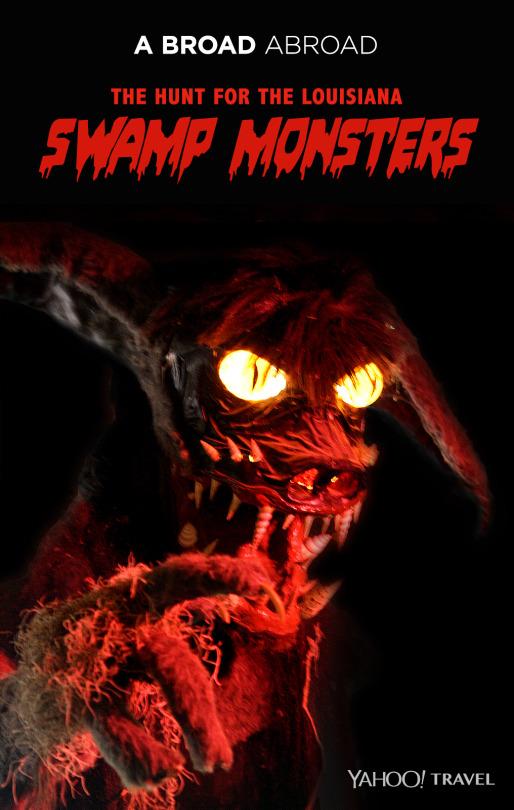
Photo (modified) by Angie Garrett/Flickr. Design by Lauren DeLuca for Yahoo Travel.
Regarding this legendary beast, History.com says, “The Cajun legend of the Rougarou can take on multiple forms. Originally derived from French stories of the ‘loup-garu,’ or ‘wolf man,’ the monster is most commonly described as a bayou-dwelling werewolf with glowing red eyes and razor-sharp teeth. The beast is usually said to be a cursed man who must shed another’s blood in order to break its spell and reassume human form, but the tale varies according to the teller. In some versions, the Rougarou can turn its victims just by locking eyes with them; in others, it takes the form of a dog or pig rather than a wolf. Still others paint it as a shape shifter that can assume different human and animal forms at will. Because it can switch its appearance so easily, some even conflate the creature with the legendary Skunk Ape of southeastern U.S. swamp lore. In most Louisiana parishes, the Rougarou myth is employed as a kind of cautionary tale. Children are told that the fiend will come for them if they don’t behave, and Catholics are warned that it hunts down those who break Lent.”
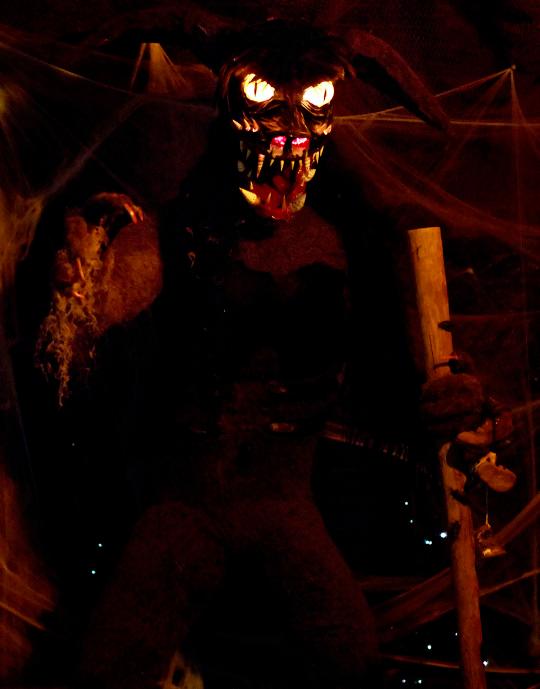
A rougarou on display at the Audubon Zoo in New Orleans. (Photo: praline3001/Flickr)
Since I was in that neck of the woods, I decided to try and see it for myself and check out another supposedly tall tale — the ginormous DinoGator, an alligator that measures up to 50 feet long. Think Lake Placid on steroids.
Related: Inside the Cage of Death With Australia’s Monster Crocs
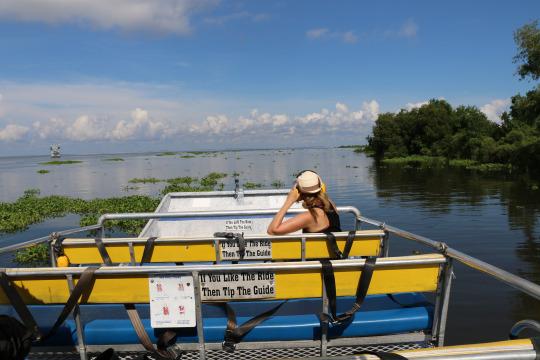
Ready for my monsters.


